Ordered by police to leave the scene of a UCLA campus protest after violence broke out, Catherine Hamilton and three colleagues from the Daily Bruin suddenly found themselves surrounded by demonstrators who beat, kicked and sprayed them with a noxious chemical.
Quick Read
- Embedded Reporting: Student journalists at various campuses are deeply involved in covering the ongoing protests and disciplinary actions, providing unique insights and comprehensive coverage from within their own educational institutions.
- Challenges and Dangers: These journalists face dual roles as both reporters and students, navigating personal connections, academic responsibilities, and sometimes, physical danger—as exemplified by an incident at UCLA where student journalists were attacked by demonstrators.
- Intimate Coverage: Because student journalists are part of the campus community, they offer an intimate perspective that outside media cannot, understanding the nuances of campus dynamics and the backgrounds of the protesters they are covering.
- Ethical Decisions: Student reporters are grappling with ethical decisions such as balancing fair coverage of different student groups, deciding whether to publish names of students facing disciplinary actions, and handling sensitive information about protests.
- Real-Time Learning: The protests serve as a real-time classroom for student journalists, helping them develop professional skills and make editorial decisions on the fly, often under intense scrutiny and pressure.
- Building Trust: Their status as fellow students grants these journalists a level of access and trust that external media might not achieve, allowing for deeper stories and more nuanced coverage.
- Continuous Coverage: Despite challenges, student journalists are committed to their role in documenting this critical period in their campuses’ histories, often sacrificing personal comfort and safety to ensure thorough reporting and fair representation of events.
The Associated Press has the story:
Student journalists are covering their own campuses in convulsion. Here’s what they have to say
Newslooks- NEW YORK (AP) —
Ordered by police to leave the scene of a UCLA campus protest after violence broke out, Catherine Hamilton and three colleagues from the Daily Bruin suddenly found themselves surrounded by demonstrators who beat, kicked and sprayed them with a noxious chemical.
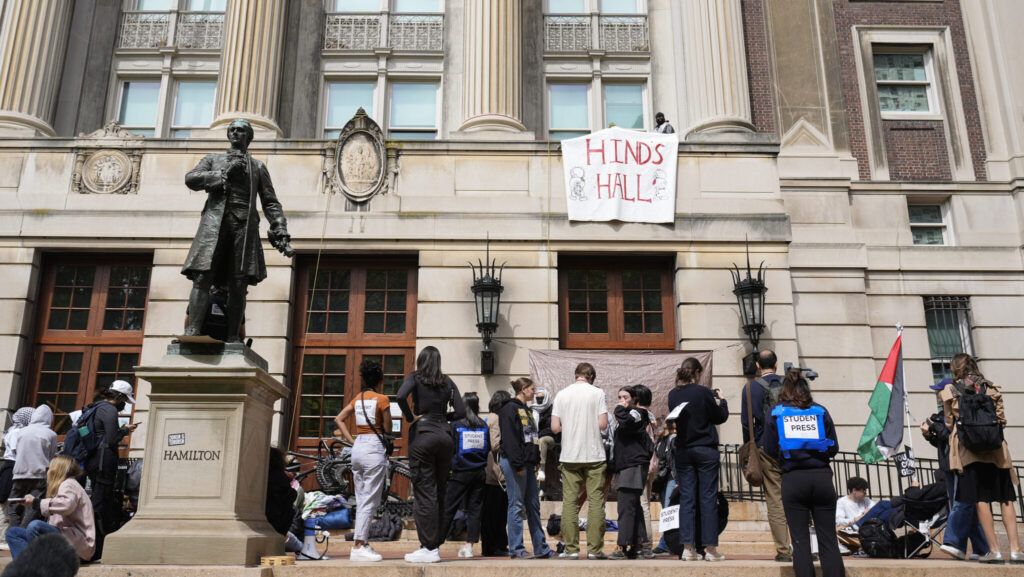
On American campuses awash in anger this spring, student journalists are in the center of it all, sometimes uncomfortably so. They’re immersed in the story in ways journalists for major media organizations often can’t be. And they face dual challenges — as members of the media and students at the institutions they are covering.
Across the country from University of California, Los Angeles late Tuesday, a student-run radio station broadcast live as police cleared a building taken by protesters on the Columbia University campus, while other student journalists were confined to dorms and threatened with arrests.
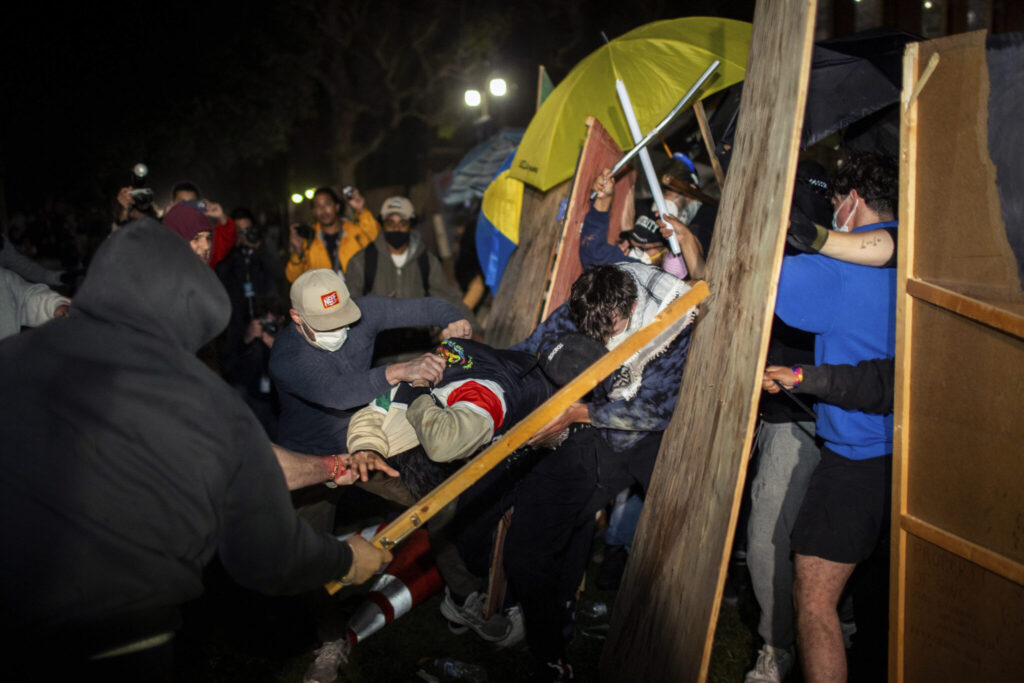
Hamilton’s attackers wore masks. But she recognized the voice of one as a counter-demonstrator sympathetic to Israel’s cause because of prior reporting when some of them filmed her working and harassed her by name. She checked out of a hospital Wednesday after learning that injuries to her arms and chest were bruises.
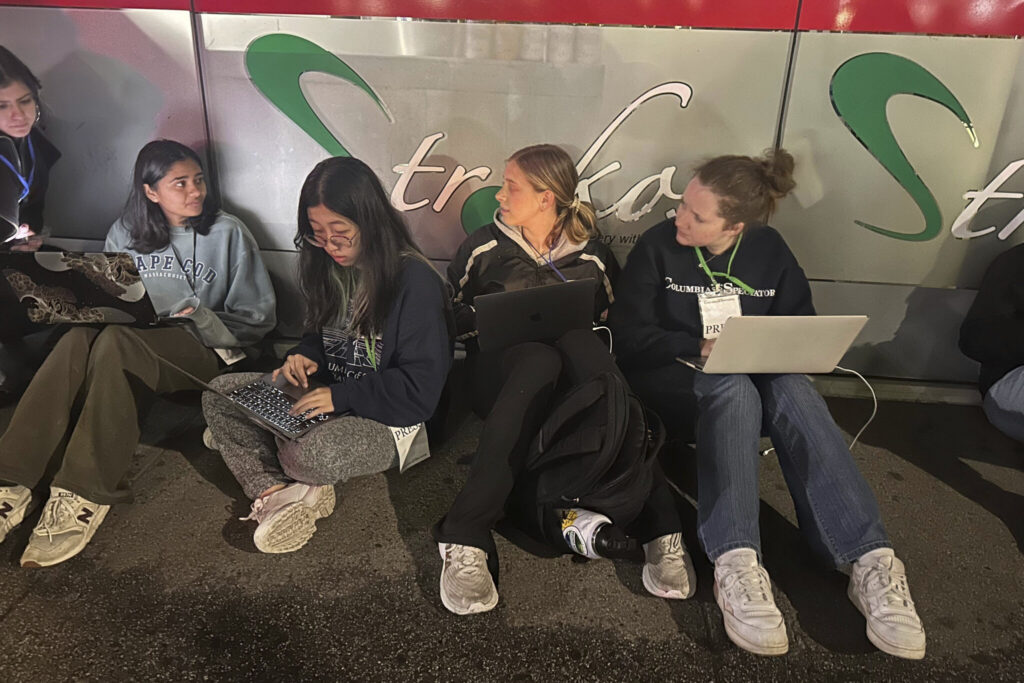
“While it was terrifying and, honestly, will take a lot of mental processing, the experience confirmed for me the importance of student journalists because we know our campus better than any outside reporter would,” said Hamilton, 21. “It has not deterred me from wanting to continue this coverage.”
COVERAGE THAT IS UP CLOSE — AND PERSONAL
Fear and anger were obvious in the voices of students narrating the action on Columbia’s WKCR radio on Tuesday. The station’s website briefly went down because so many people were listening to an audio stream, and its announcers recommended people tune in to FM radio instead.
Even though he wore a badge identifying him as a member of the press, police ordered Chris Mandell and other reporters for the Columbia Daily Spectator into a dormitory. When he tried to open the door, Mandell said he was told he’d be arrested if he did it again.
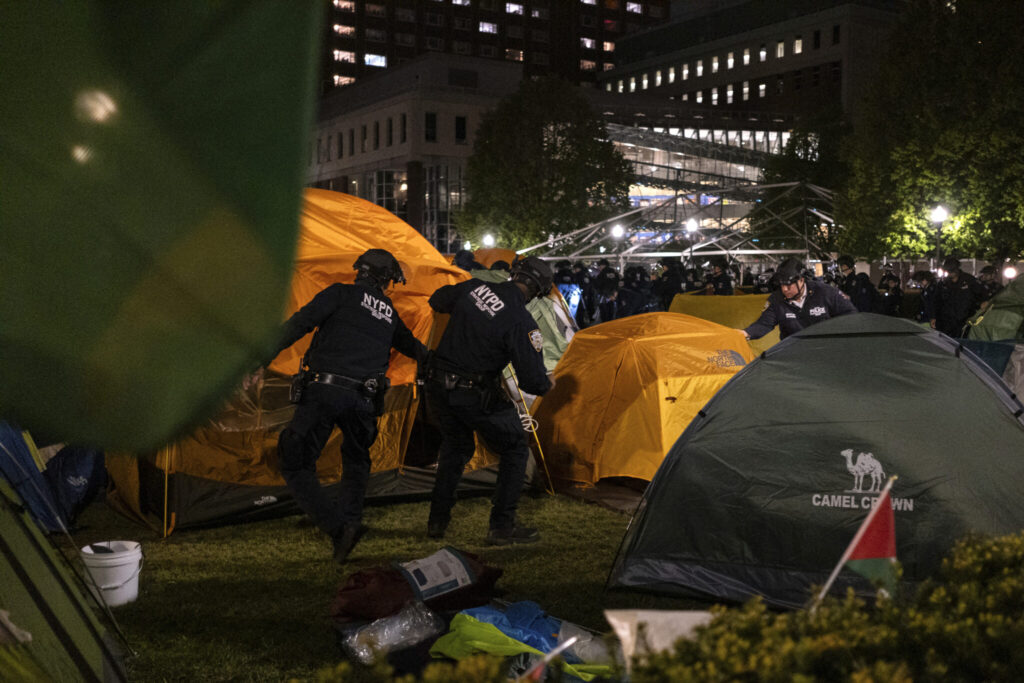
Mandell has been covering the demonstrations and the planning for months. While he considers it a learning experience, he said “it has been breaking my heart” to see the police presence on campus and how the story has been covered by outside journalists.
The Daily Spectator has been on the story every step of the way and hasn’t hesitated to confront Columbia University’s leadership in print. In an editorial late last month, the students sharply condemned university President Minouche Shafik and said administrators have been uncommunicative except for “ominous late-night emails.”
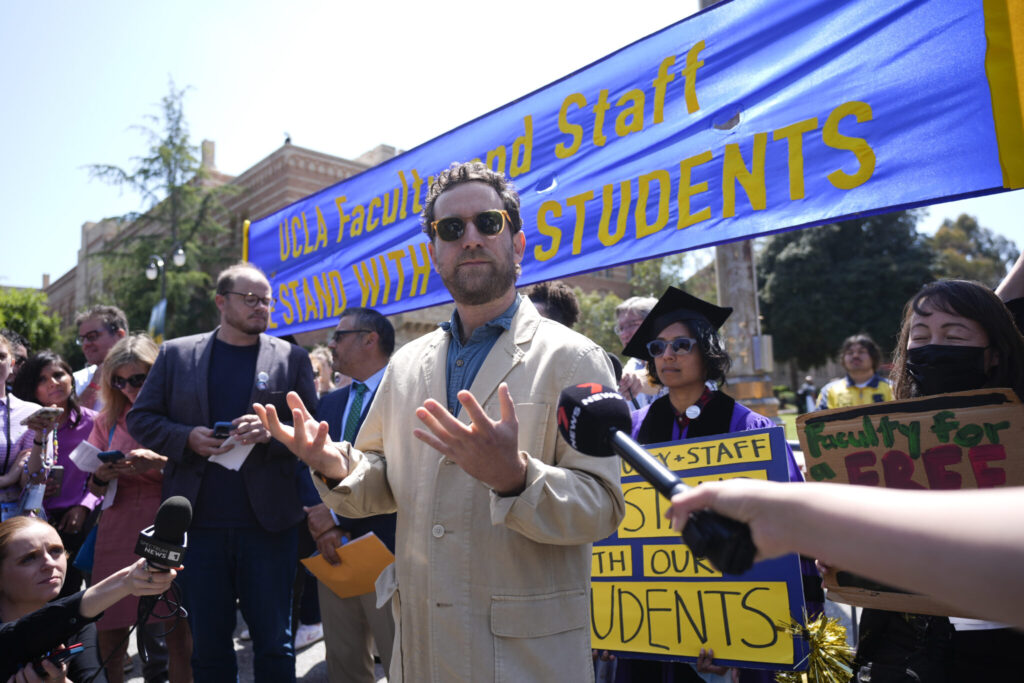
“This is your legacy,” the Spectator wrote — “a president more focused on the brand of your university than the safety of your students and their demands for justice.”
At campuses across the country, around-the-clock reporting from protests and student disciplinary hearings have meant overnight vigils at encampments blurring into morning classes, homework and final projects crammed in between interviews.
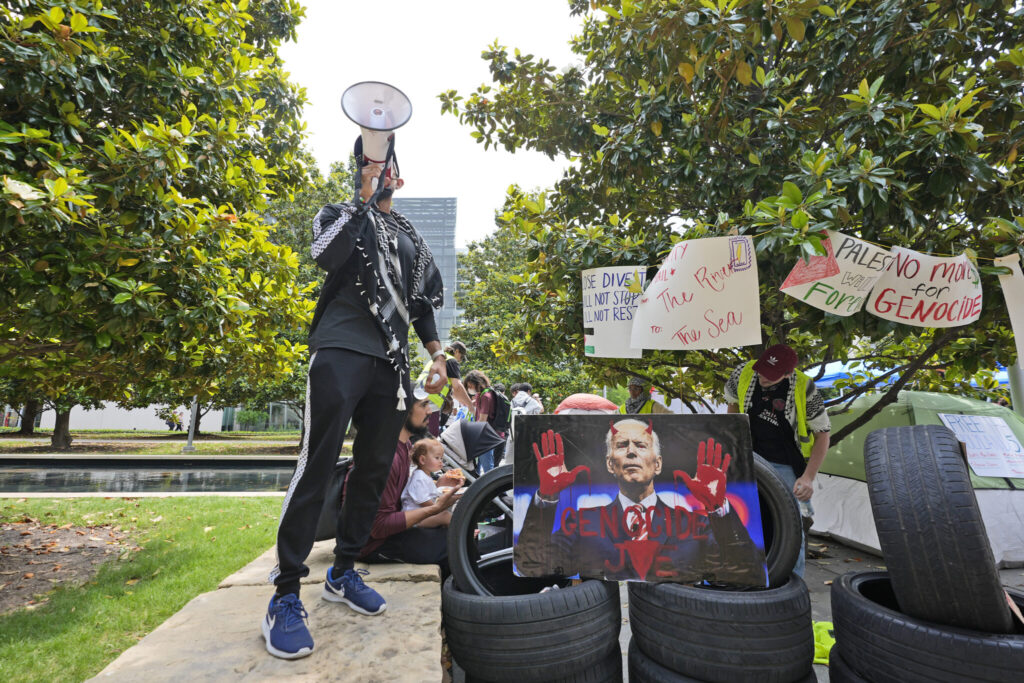
Student-run news websites at Yale and the University of Texas-Austin cover the action with innovative live blogs. The Daily Trojan’s print editions have stopped for the semester at the University of Southern California, but Editor-in-Chief Anjali Patel tries to keep a reporter and photographer available at all hours to feed its website, post news on X and Instagram and do live streams. All during final exam season.
“We are still students at the end of the day,” Patel said.
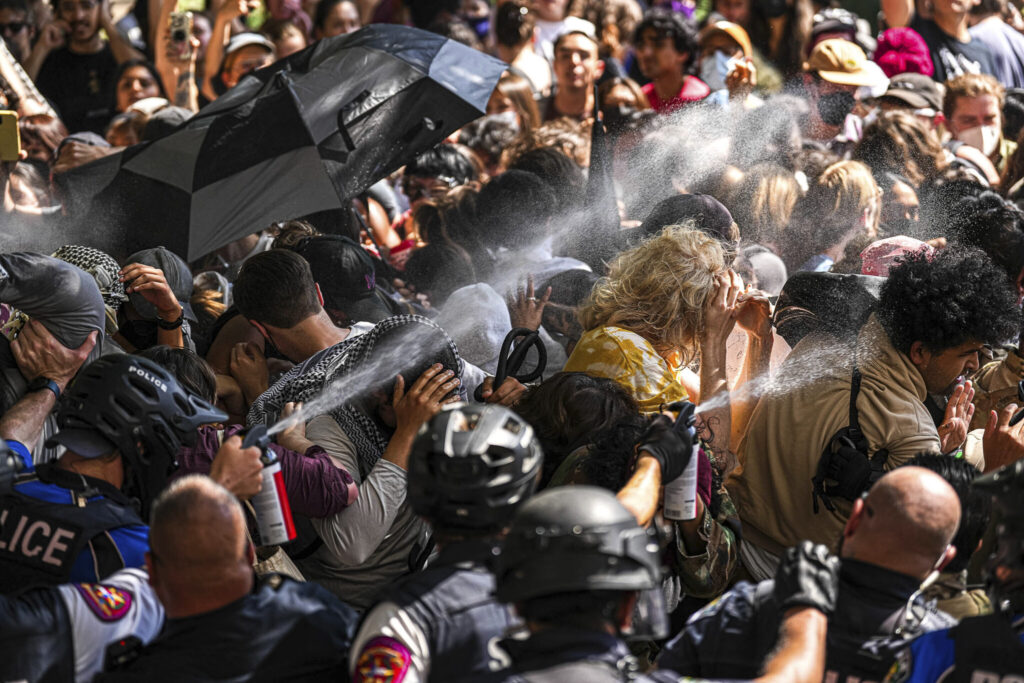
At Columbia, whose journalism school is considered one of the country’s finest, Dean Jelani Cobb wrote a memo Wednesday to the population of budding journalists who are his students: “You are a part of history now. Your perseverance during a confusing and challenging moment cannot be understated. You told the stories the global public deserved to hear. You helped the school to meet its mission.”
LEARNING SKILLS OF THE PROFESSION IN REAL TIME
The protest movement has become a training ground for students grappling with complicated editorial decisions for some of the first times in their careers. They confront the awkwardness of reporting on their peers and the challenge not to get swept up in emotion.
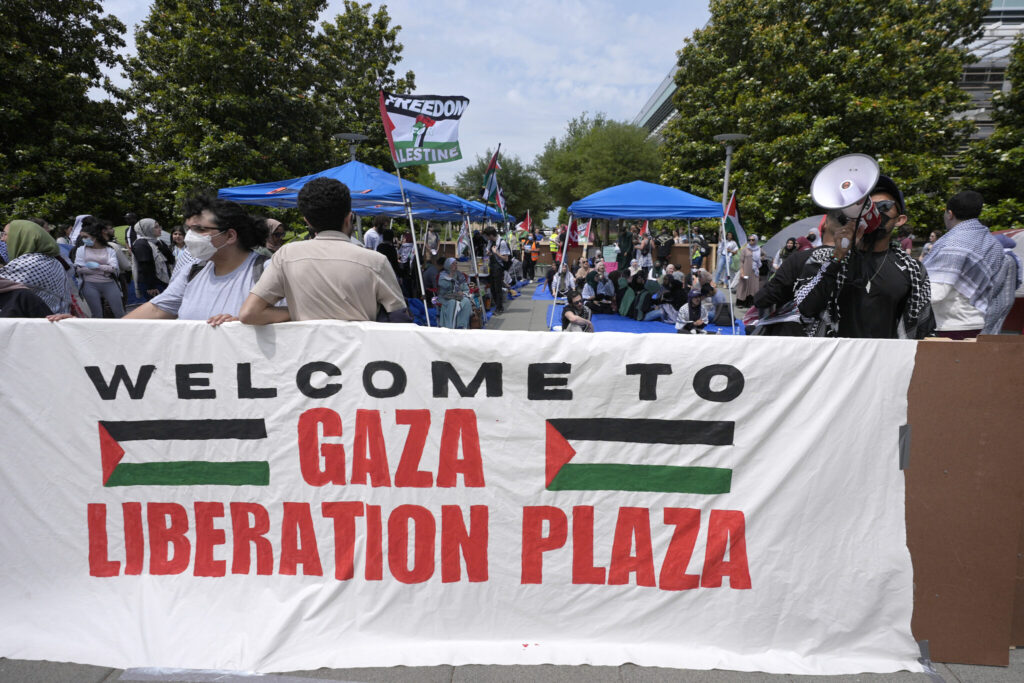
“This is a moment in our campus’ history,” said Arianna Smith, editor-in-chief of The Lantern at Ohio State University. “Being able to contribute to its coverage is a privilege we don’t take lightly. We’re under a lot of pressure to get it right, to be accurate, so that’s what we’re striving to do.”
Over three dozen Ohio State University students and demonstrators face misdemeanor charges after a Thursday night crackdown by the university on protests about investments in Israel.
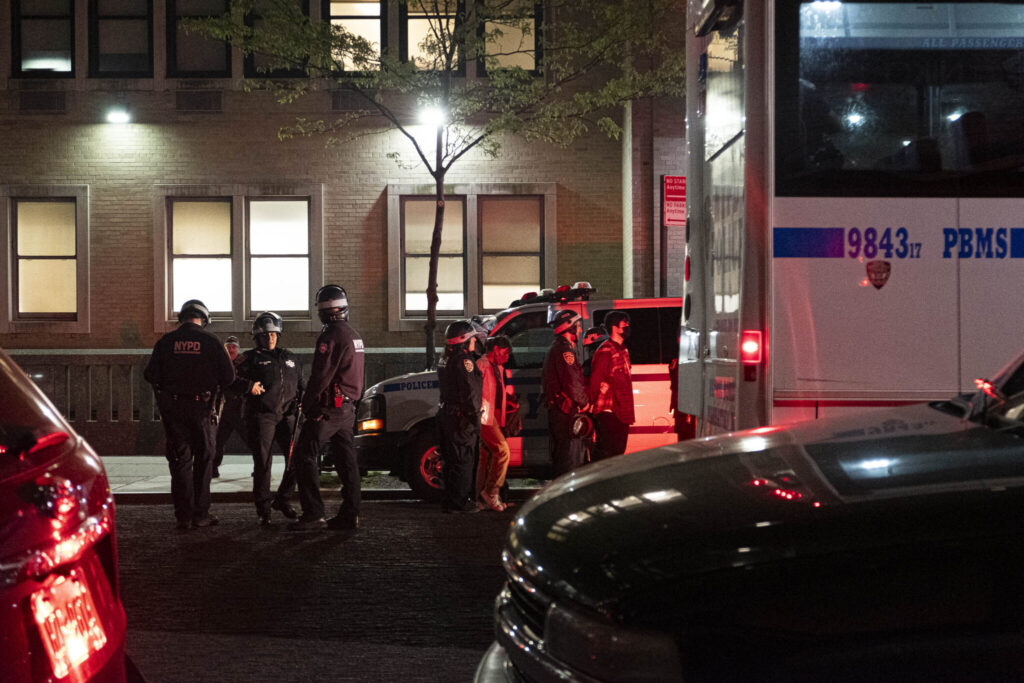
Lantern staff members are having meetings about balancing the experiences of pro-Palestinian protesters and Jewish students or counter-protesters, Smith said. They debate whether to publish the names of students who face discipline, compare language choices to other news organizations and reflect on what viewpoints are missing from stories. Editors instruct reporters to keep opinions to themselves.
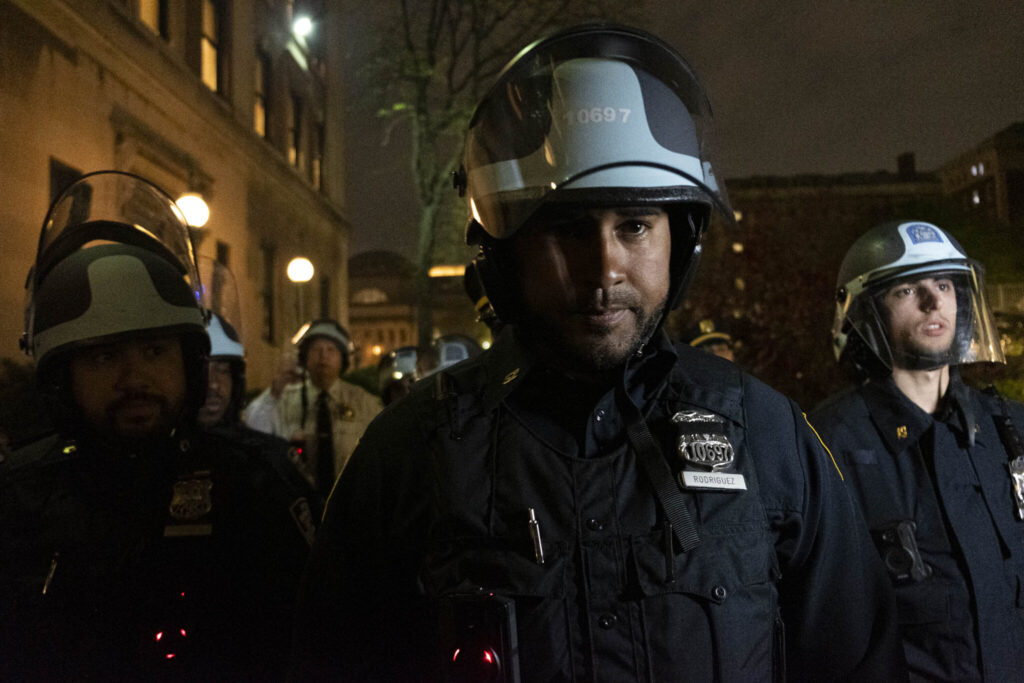
At the University of North Carolina at Chapel Hill’s newspaper, The Daily Tar Heel, student journalists are also making difficult decisions about anonymous sourcing. Managing Editor Liv Reilly said photographers are being mindful not to take photos that show faces of people who fear being arrested.
Josie Stewart, managing editor for content at Ohio State’s Lantern, said she recognizes classmates on both sides of the protest. The newspaper’s coverage is discussed in her classes, and friends are regularly asking her about it.
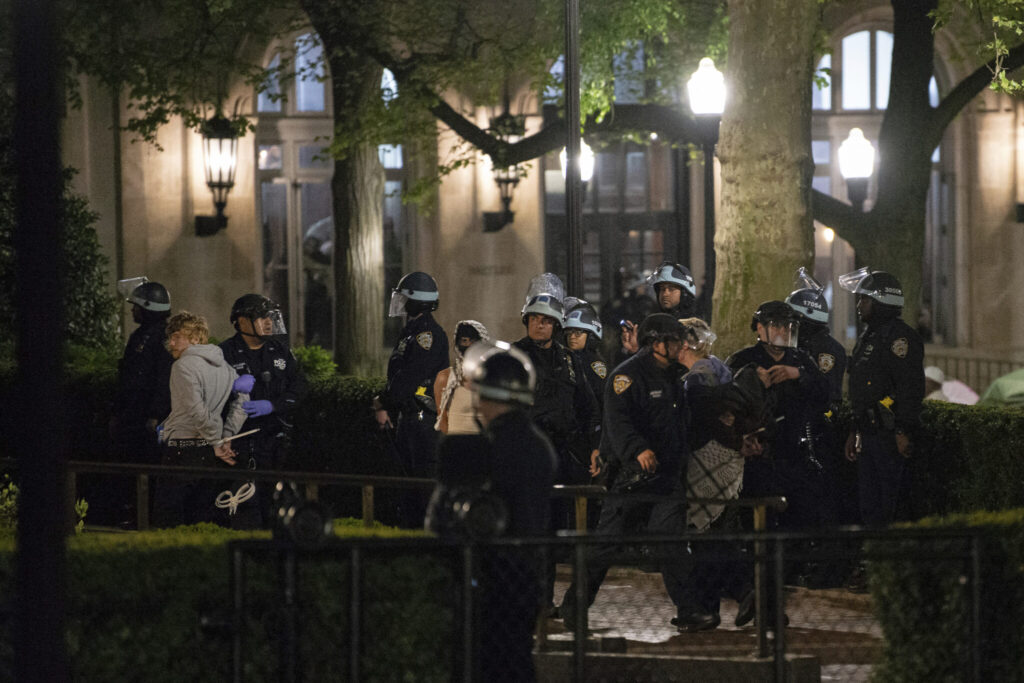
“It’s definitely difficult,” she said. “Every journalist has to balance ethical concerns, but it is more difficult when you’re staring someone in the face in class.”
Sometimes Reilly feels the instinct to say hello to classmates involved in the protest, but stops. She’s worried about saying their names out loud if they fear being identified, and is mindful of the boundaries between classmate and reporter. She makes sure to identify herself as a reporter, but “people’s demeanors sometimes change when you say you’re with the media.”
Annika Sunkara, social media editor for The Huntington News at Boston’s Northeastern University, said it has been emotional talking to fellow students, some in tears, about their experiences with law enforcement. Around 100 people were arrested there Saturday morning when police broke up pro-Palestinian encampments on the campus.
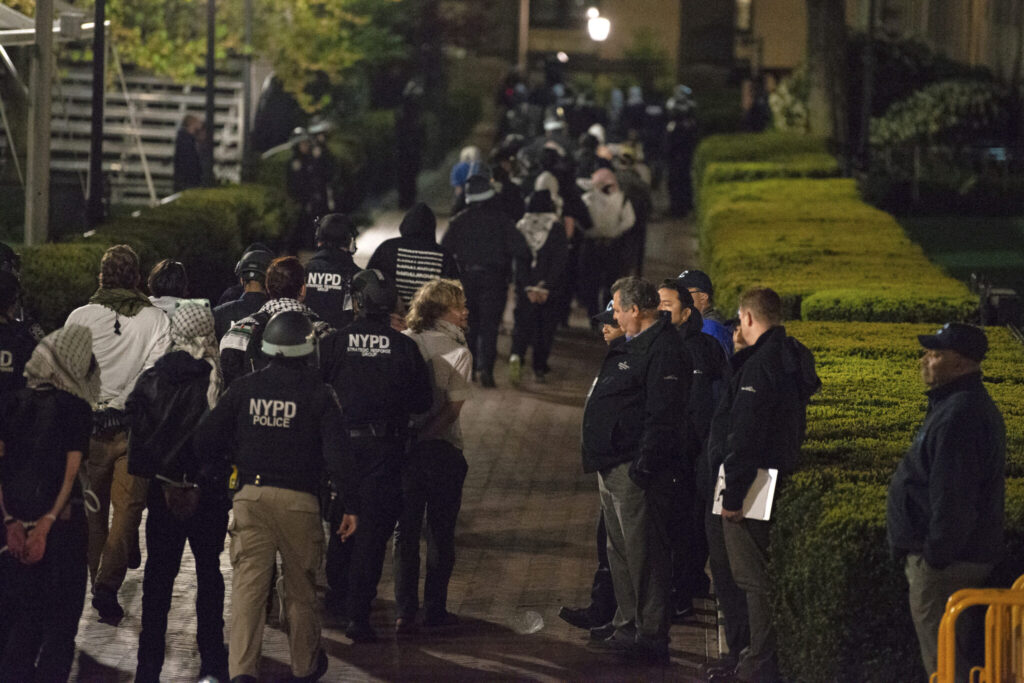
But as national news outlets descend on campuses nationwide, student journalists say their connection to their campuses is their greatest asset. They’ve built relationships with student groups, faculty and administrators. They follow many of their peers, now turned protest leaders, on social media.
“We’re the ones on the ground seeing what’s happening with our own eyes,” Stewart said. “We have a different level of access, of trust on our campus and of understanding.”
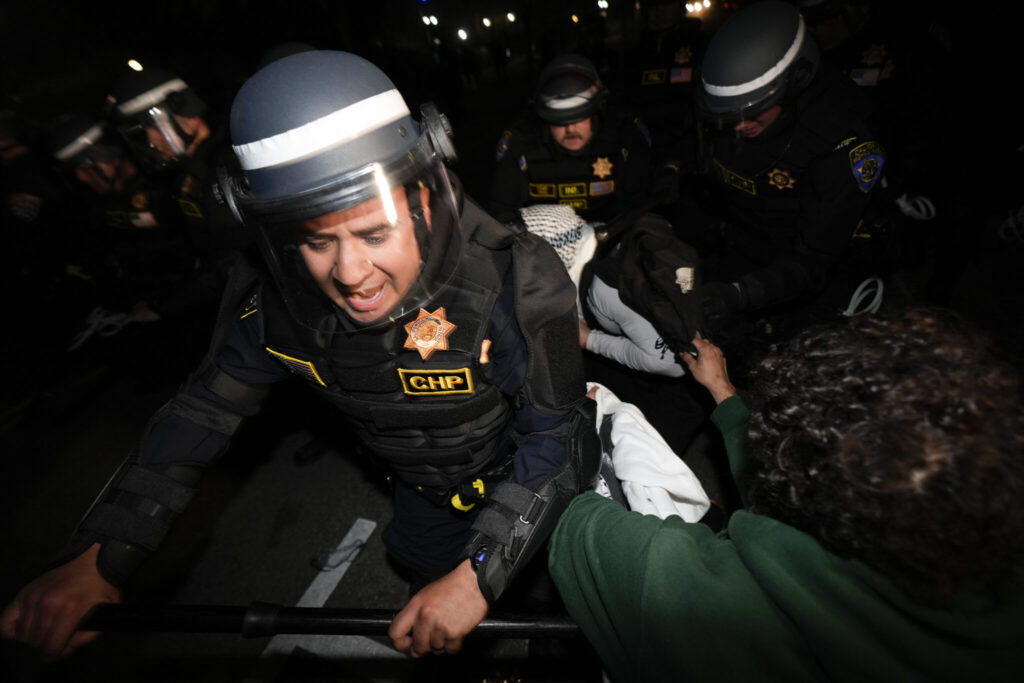
Some universities, including UCLA, have also seen scattered protests and student organizing since October. The Daily Bruin has been there “at every step,” Hamilton said, so the staff “understand the demands of the students, the different perspectives on campus, the stakeholders in a way other news outlets can’t.”
Wearing a Daily Tar Heel hoodie, Reilly watched national news reporters stand in front of cameras for live shots before heading home one recent evening. She sat down with water bottles and blankets, ready for a 14-hour shift.
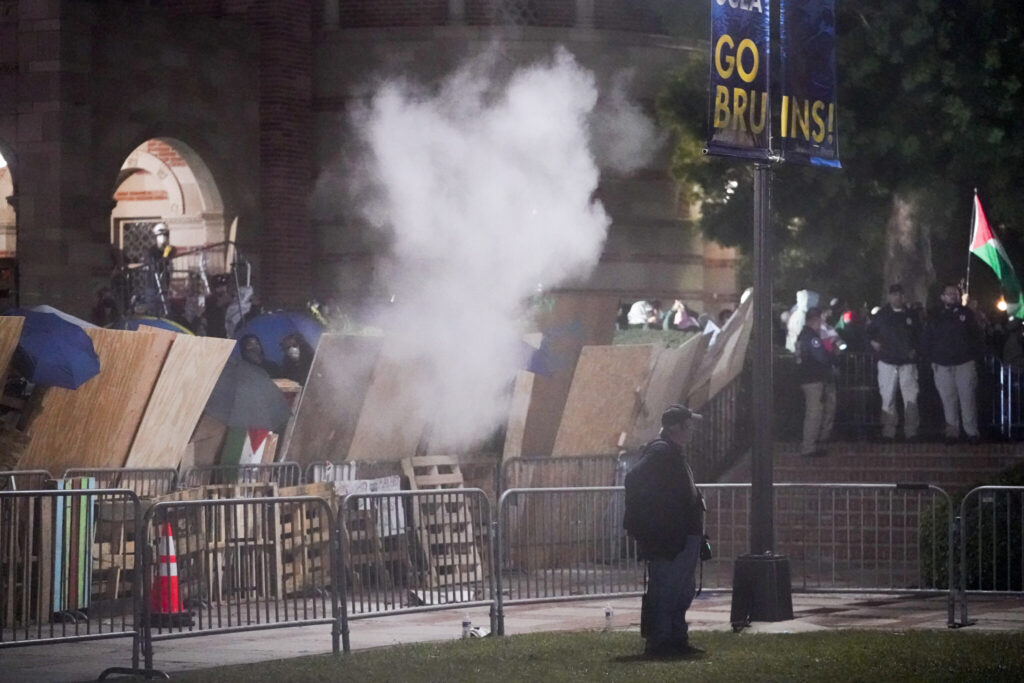
“This is a monumental piece of history for my generation and my peers,” she said. “And it’s been hard to navigate, to make the right editorial calls, to stay as neutral as possible while also not causing harm to any community. But we are here and we’re learning, and we’re ready to keep covering.”

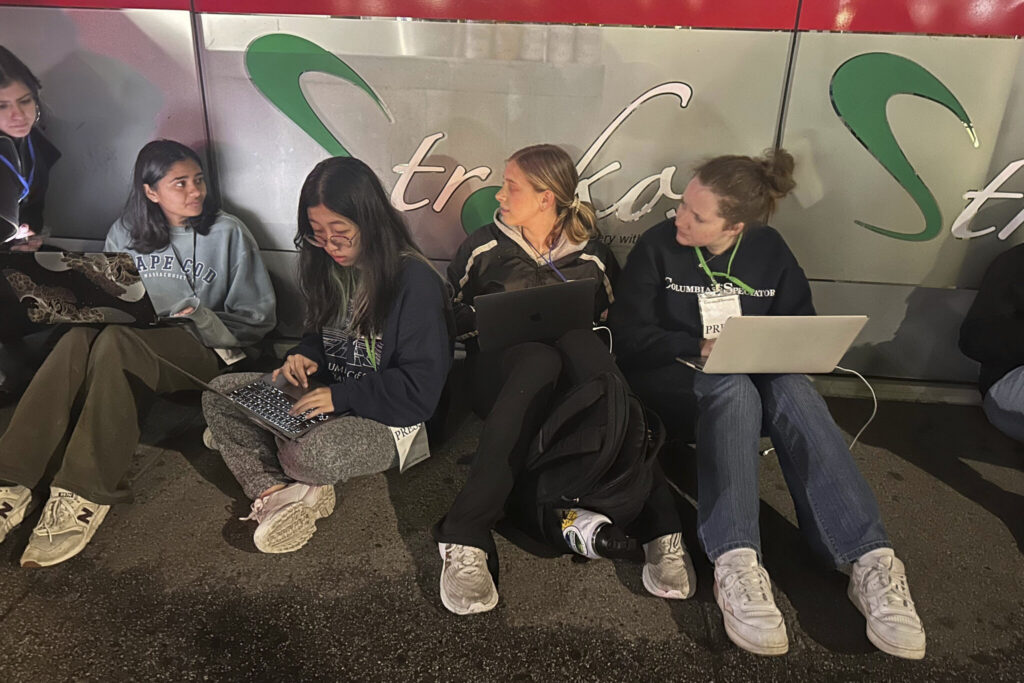

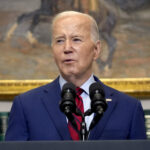




You must Register or Login to post a comment.